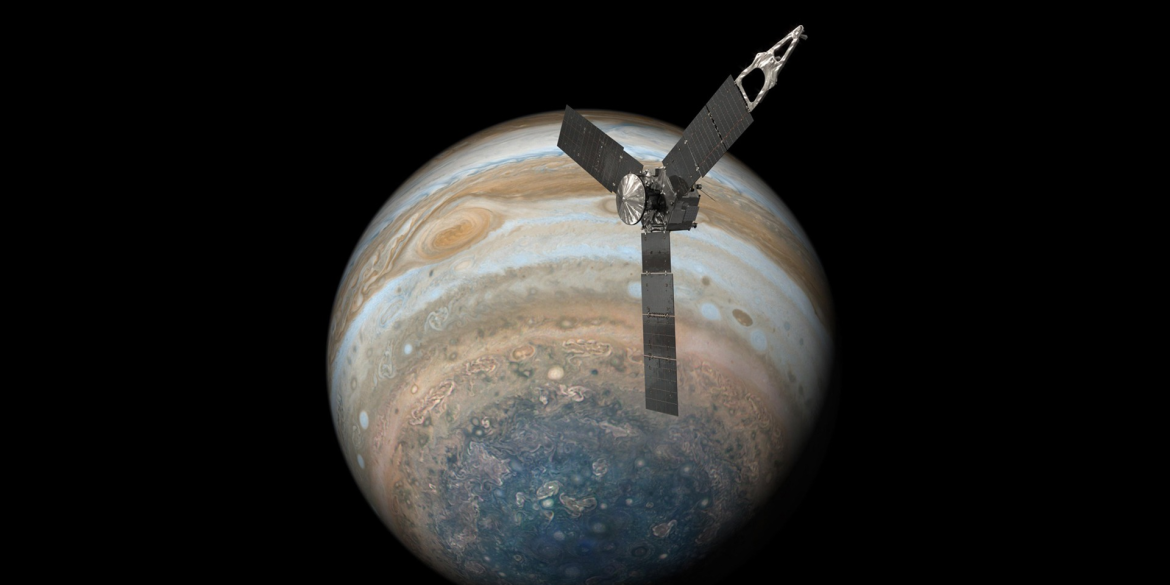Este facto prova a presença de um oceano subterrâneo sob a sua crosta gelada.
A NASA Juno encontrou sais e compostos orgânicos na superfície de Ganimedes, o maior satélite de Júpiter.
Os cientistas analisaram os dados recolhidos pela sonda durante a sua aproximação à lua gelada em 2021. E encontraram, entre outras coisas, hidrato de cloreto de sódio, cloreto de amónio, bicarbonato de sódio e possivelmente até compostos orgânicos conhecidos como aldeídos alifáticos.
Estes podem ser os restos do oceano que outrora esteve na sua superfície. Aparentemente, está agora escondido nas profundezas da superfície, acreditam os investigadores.

